No products in the cart.
Hair Care Guide
Can you perm dyed hair? Detailed analysis
You have beautiful, colorful hair and decide you want a change to upgrade your appearance. So, what should you do when your hair is full of color? Let’s change the shape of the hair. Puffy, curly, wavy,… or any method, depending on your preference. But will this change affect dyed hair because we all know that dyed hair will not be as healthy as black hair.
The question is can you perm dyed hair? Let’s read this article for a detailed analysis of hair perm. So, let’s dive in!
What is hair perming?
A perm is a chemical treatment that curls your hair.
The working principle of perms is to act on the keratin in your hair. About 95% of the protein in your hair, keratin, is responsible for giving each individual hair its unique structure. What responds to the perm treatment and enables your hair to keep a new form is the links between keratin molecules.
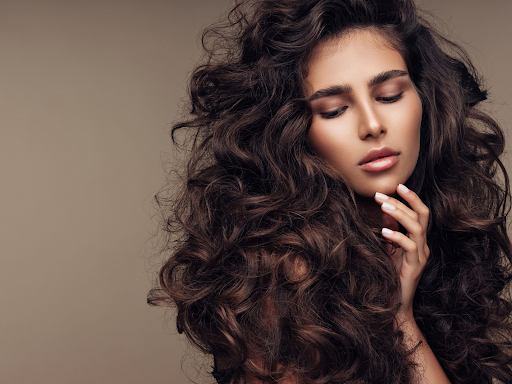
Ammonium thioglycolate is the chemical that is most frequently utilized in perms. Gentler perms employ glyceryl monothioglycolate and are acid-balanced for hair that is thin or fragile. You can ask your hairstylist what chemicals are used in the procedure before obtaining a perm. Other typical elements are:
- Acrylates copolymer
- Ammonium hydroxide
- Ammonium thioglycolate
- Amodimethicone
- Cocamidopropyl betaine
- Color additives
- Fragrance
- Polyquaternium-11
- Styrene/acrylates copolymer
- Water
Most salons will select perm procedures made with secure, tried-and-true components that are unlikely to have negative effects like irritated eyes or scalp.
What happens when I perm my hair?
A moderately alkaline solution is used to perm hair in order to loosen the cuticle layer and allow the hair to absorb moisture. This makes it possible for the chemical solution to go deeper into the cortex of your hair shaft, improving its susceptibility to setting and creating permanent waves.
Small rods are then used to wrap your hair around after this has happened. Depending on how long you want your waves to last and how tight you like your curls, your hairdresser may apply either cold waves or hot waves.
A neutralizer is used to assist the seal in each hair strand’s new form once the appropriate wave pattern has been established by wrapping.
Additionally, the neutralizer helps to seal the cuticles and provide protection from potential styling-related harm. For further protection against dryness and breakage, other treatments, such as conditioners or serums containing vital nutrients, may also be used during this stage.
After all procedures are finished, your stylist will rinse out any remaining perm product and blow-dry your hair with either fingers or a brush so as not to damage the new wave pattern.
After that, they’ll probably trim any additional curls that require it before applying some leave-in conditioner to add shine.
Can you perm dyed hair?
You have colored hair and want to know can you get a perm with dyed hair.
YES, you can perm it.
Although perming hair that has been dyed or bleached is not hazardous, it is not advised. It’s because a chemical treatment has already been applied to your hair. Multiple chemical exposures may change the structure of the hair, leading to split ends, cuticle damage, and frizzy hair. Additionally, perming colored hair will probably make the color lighter.
There are, however, perming products made specifically for colored hair. Although more costly, these formulae are gentler than other perming solutions. Consult a hair professional and be informed of the potential harm before perming your bleached and colored hair.
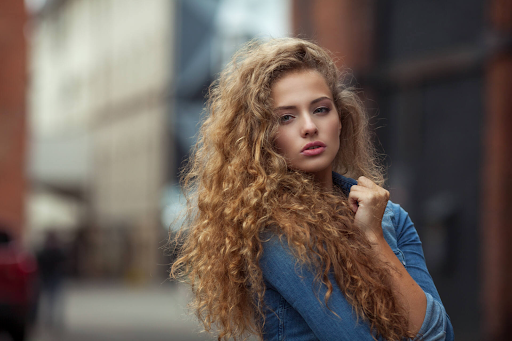
How to test before perming dyed hair?
Performing a porosity test should be done before starting the chemical perming process. If your hair passes the porosity test, you may go ahead and perm it.
Put a few hair strands in a glass of water and let them soak. Damaged and dry hair will take water from the glass if it drops to the bottom, indicating that it has both of these conditions. We wouldn’t suggest getting a perm in this situation, but it’s your decision. But stay calm afterwards.
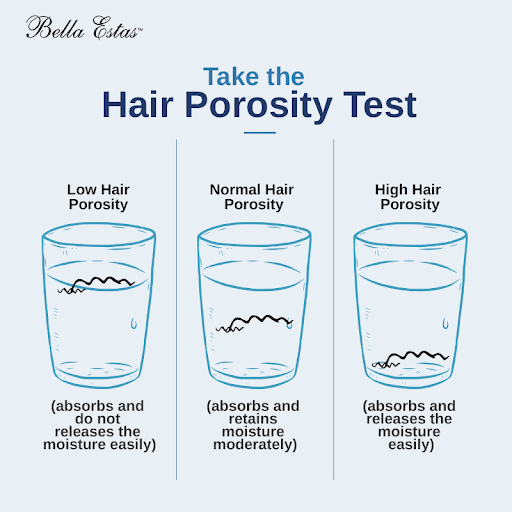
This step is necessary if you bleach your hair. It’s crucial to be prepared since what occurs next can be used against you. If the porosity test goes well, you may continue with the perm.
It’s not a good idea to use permed hair that has been damaged. If your hair doesn’t sink, you can keep perming it.
How to perm dyed hair?
What you need:
- Perm kit for bleached hair
- Natural and neutral shampoo
How to do it:
Step 1: To clean any oil and grime residue from your hair, use a clarifying shampoo.
Step 2: Brush your hair to untangle all the knots.
Step 3: Make even portions in your hair.
Step 4: Take a little piece of hair from one portion with a rat-tail comb, and then wrap it around the curling rod. Follow the same procedure for the remaining portions.
Step 5: The perming solution should be applied on the rods and left on for five minutes.
Step 6: One curling rod’s hair should be unwrapped. Keep it on for another two minutes if you can’t see the waves.
Step 7: When S-shaped waves appear, thoroughly rinse the hair with warm water without taking out the curling irons.
Step 8: Apply the neutralizing liquid to the rods after blow-drying the hair.
Step 9: Ten minutes after waiting, rinse the solution out with warm water.
Step 10: Blow-dry the hair before removing the rods with care.
Step 11: Avoid brushing your hair in 3 days.
How to take care of your dyed hair after perming
It’s crucial to take proper care of your hair after getting a perm since over-styling and manipulation may wreak havoc on the style. When caring for curly hair after a perm, special attention must be paid to your hair.
- The hair becomes dehydrated when permed after being bleached or dyed. To strengthen the locks and repair the hair links, use a sulfate-free, paraben-free, chemical-free shampoo.
- To lessen the damage, use deep conditioners and hair treatments twice weekly. Deep conditioners keep the chemically treated locks moisturized and nourished while softening them.
- To give your hair even more nutrients, you may also go for hair spa treatments twice a month.
- To untangle your hair, use a soft brush or a wide-toothed comb. When combing your hair, be gentle.
Final thought
Perming dyed hair can be a creative method to give you an outstanding look. However, it contains several risks and might cause damage to your hair. Therefore, you must take good care of it. We hope that this article can answer your question: Can you perm dyed hair? If you need detailed information for any step or hair care tips, please contact Jenhair. We would love to hear from you and help you with your hair. Stay tuned for next articles.
FAQs
Is it best to color or perm first?
It is preferable to color the hair first and then perm it since it is easier to repair any color mistakes beforehand. Furthermore, the hair color will already break down a few hair links, speeding up and simplifying the perming process.
How long should I wait after dying my hair before getting a perm?
The recommended time is approximately 2 weeks between 2 processes. 1 week will be fine if your hair is strong enough. Because of the two techniques’ employment of extremely potent chemicals, which alter the cuticle—the hair’s innermost layer—and alter the hair’s natural structure.
What kind of perm is ideal for hair that has been colored or bleached?
For bleached or colored hair, acid perms work best since they are mild, retain the hair’s structure, and do the least amount of harm to the hair.
After perming, can I dye my hair again?
The answer is yes, you can change the color of your hair after perming. But of course, waiting for a few days is strongly recommended. The time between chemical applications should be as far apart as possible so that the hair can fully recover.
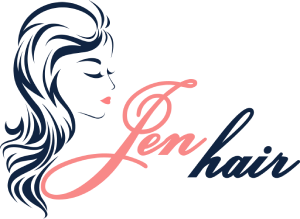
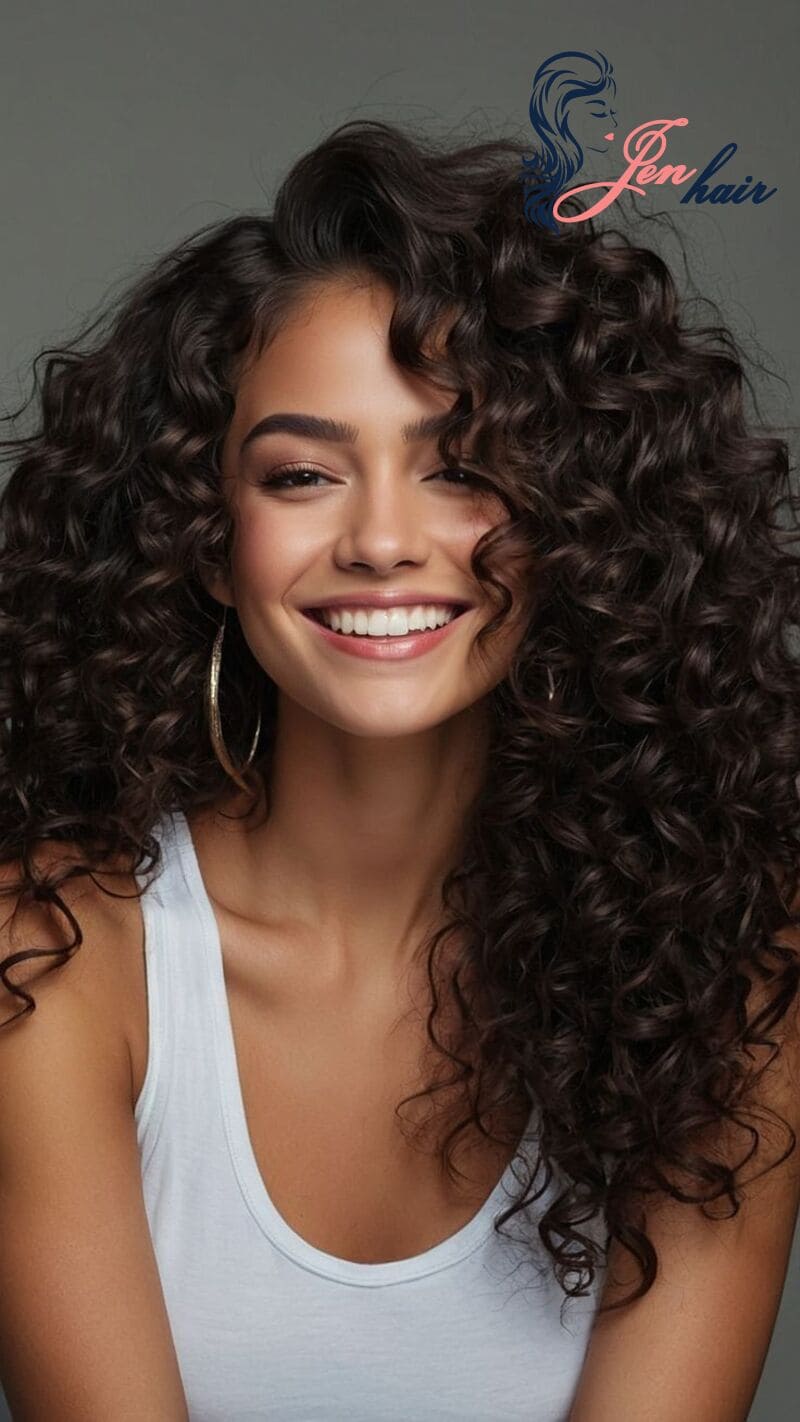 Everything You Need To Know About Bundle Weave Hair
Everything You Need To Know About Bundle Weave Hair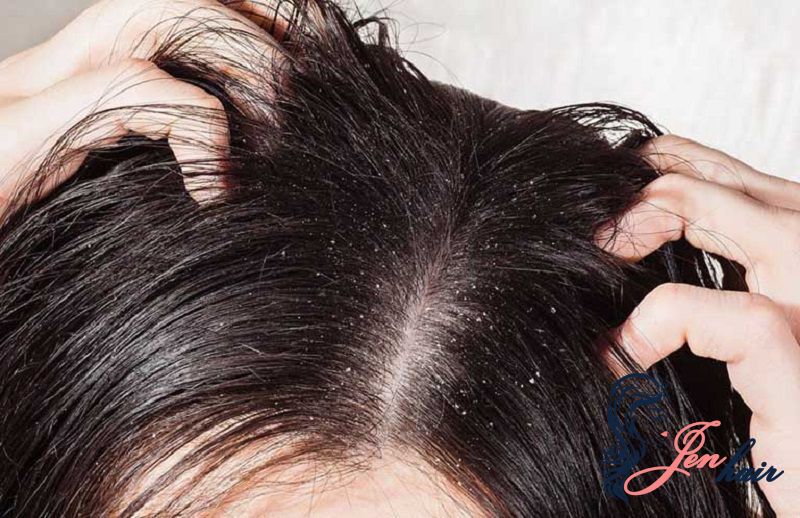 The Ultimate to Damp Hair: Care, Risks, and Best Practices
The Ultimate to Damp Hair: Care, Risks, and Best Practices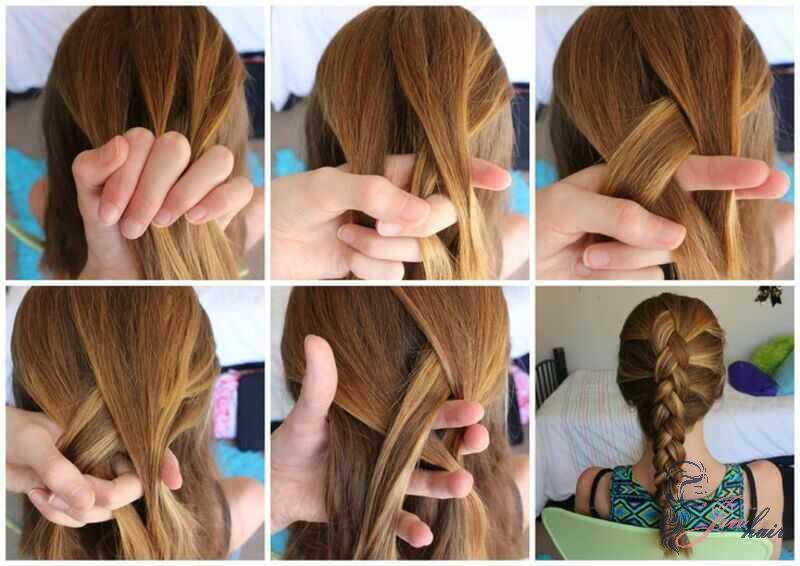 Ponytail With Braids On The Side: Ways To Show Your Personality
Ponytail With Braids On The Side: Ways To Show Your Personality
